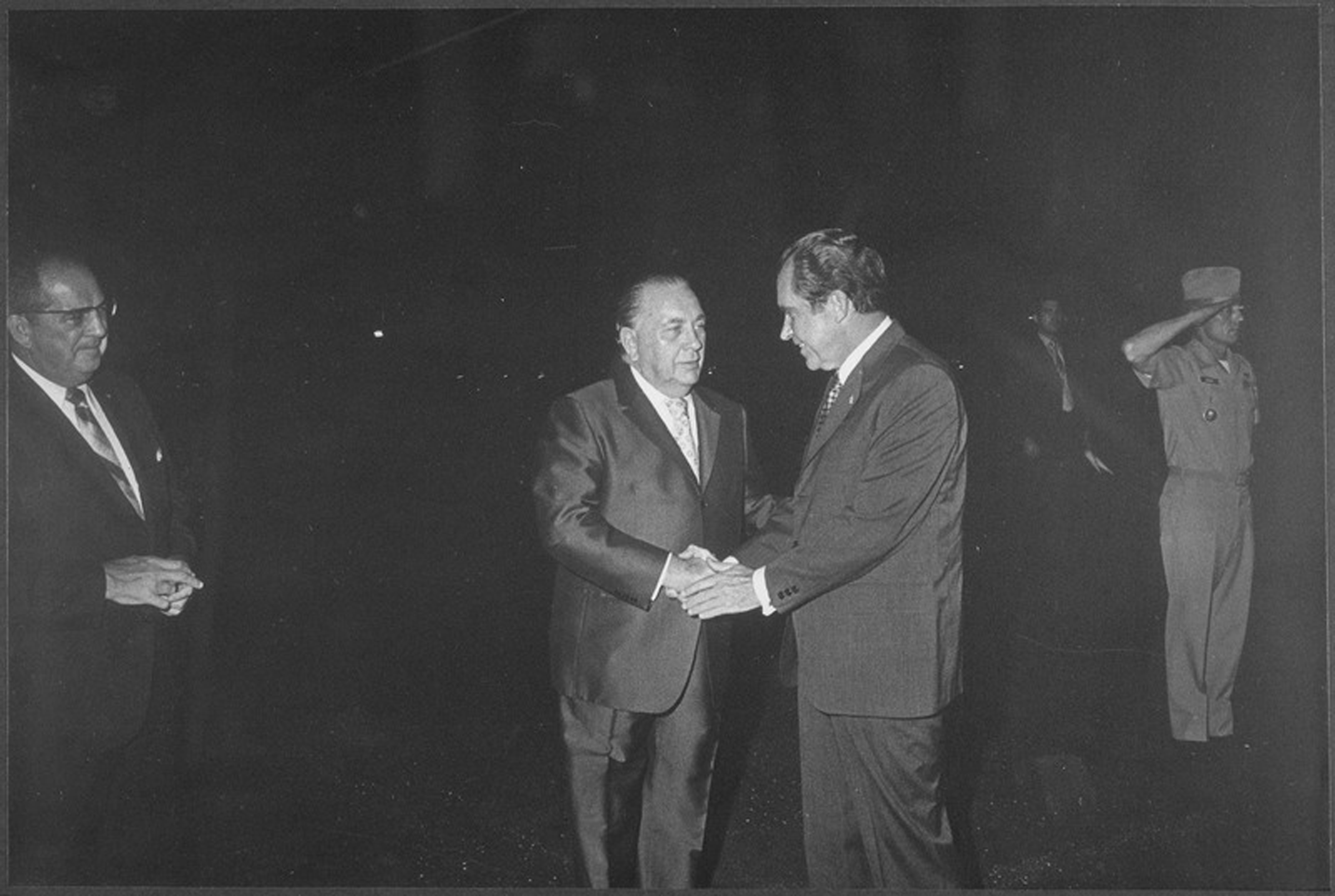So You Wanna Be Mayor?
Top o' the Heap at City Hall

The mayor only has one vote on the Santa Barbara City Council, so why does everybody want to be Hizhonor or Herhonor?
In fact, some newer cities are content to rotate the job every year, making it no big deal.
But in Santa Barbara, we elect da mayor for four whole years, which IS a big deal in a small town. True, he or she does wield the gavel, preside at ribbon cuttings, and pick up prestige points to use when running for higher office (lotta good it did for Mayor Helene Schneider when she ran for Congress last year and lost).
Being mayor is also a good way to make enemies, sure to come out of the woodwork on Election Day.
The days of Big City power mayors are over, it seems. Chicago’s Richard J. Daley ran the Windy City from the day he was elected in 1955 until the day he died in 1976. In Chicago, no one was talking about any term-limits bull.
He also headed the Democratic machine, and you didn’t get in his way if you knew what was good for you. In Santa Barbara, running for mayor tends to be orderly, with few if any harsh words; it’s my turn now.
I knew Don MacGillivray, who was elected Santa Barbara mayor in 1963 under the traditional strong mayor system, where the mayor runs city government and controls the departments.
He was a strong personality with firm opinions on nearly everything. A lifelong conservative Democrat, he turned Republican in the 1960s when he felt the new breed of Democrats was too liberal. He strongly opposed the shift to a city manager administrator system in 1969 when the city moved to what voters considered more professional management.
The city also dumped the old ward system, which he felt created fiefdoms in which city councilmembers too often failed to consider the overall needs of the city. Don ran for Assembly that year and served two terms.
Ironically, last year, Santa Barbara returned to the district form of elected councilmembers due to a state law banning electoral discrimination against racial minorities.
But in 1935, a just-elected mayor became what some called a dictator. Edmund O. Hanson, who resembled actor Charles Bickford, vowed to “clean out City Hall” on a reform ticket. He took office five minutes after midnight on June 1, 1935, and abruptly fired Police Chief Jess A. Butts and practically all department heads.
When dawn broke, a crowd estimated at 1,600 gathered in De la Guerra Plaza in advance of the council meeting. “I also plan to build a municipal comfort station in the Plaza, in front of the Daily News building for the comfort of the public,” Hanson told the crowd through a loudspeaker.
Installing a public toilet there was a direct insult aimed at T.M. Storke, then publisher of the Daily News (now the Santa Barbara News-Press), with whom Hanson had clashed during the campaign.
The City Council rebelled, challenging the mayor’s right to fire department heads. Hanson survived an April Fool’s Day recall election in 1936, but four department heads lost their jobs.
Hanson then became insufferably arrogant, according to area historian Walker Tompkins, criticized Superior Court judges, and found himself facing contempt-of-court charges and possible jail. On December 10, 1936, Hanson resigned.
The hullabaloo was over. Patrick J. Maher was named to succeed him, and relative peace settled over City Hall.
Mineard’s Case
Although former News-Press columnist Richard Mineards is expecting up to a couple of million dollars from his federal labor case against the paper, others close to the scene are doubtful that he’ll get anywhere near that much. When Mineards was sacked back in January 9, 2009, the National Labor Relations Board (NLRB) charged the paper with an unfair labor action. Newsroom employees are represented by the Teamsters union. A federal court ruled March 3 against the News-Press regarding this and other allegations.
The paper will have to offer reinstatement and back pay to Mineards and sports reporter Dennis Moran, and pay bargaining expenses to the union and annual raises to all qualifying newsroom employees.
The NLRB will also require that a notice be posted regarding employee rights to organize without management interference and allow a reading of the notice to a gathering of newsroom employees.



